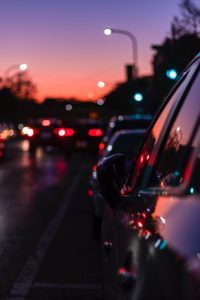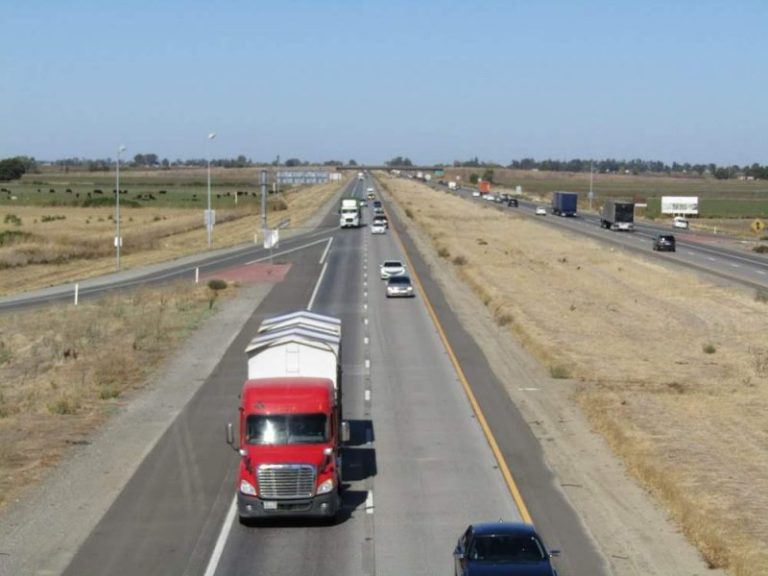Breaking Down the Dangers of Night Driving
Driving at night increase the chances of a deadly car accident. The hours between 10:00 p.m. to 6:00 a.m. are the riskiest hours and driving during this timeframe makes you three times more likely to be involved in a fatal crash. While this timeframe generally has much less traffic, there are many other factors that add to the dangers on the road which are particularly present during the late night.
What Dangers Exist On The Roads At Night?
It is much harder to see at night even for those with the sharpest sight, and there are many things that can obstruct your vision. People also engage in different behaviors more so at night versus during the day. Listed below are some of the hazards which late-night drivers face:
- Instrument panel lights may lessen your ability to see clearly. As the interest in various lights inside cars for both practical and aesthetic purposes increases, the effects that these lights can have on the eye’s functioning from looking back and forth from a dark road to an illuminated car could be potentially dangerous. The University of Michigan Transportation Research Institute did a study to assess the effects of automotive interior lighting and the impact the added luminosity has on a person’s visual performance, alertness, and distraction. While more research must be done to clearly determine the interior light’s impact, this is one more factor night drivers encounter that daytime drivers do not.
- Bright light coming from other cars on the roads is distracting and throws your vision off. Bright lights from high beams coming over a dark horizon can be blinding for other drivers and even disorienting. Even the smallest couple of seconds that the effects of the light your vision is enough time for a collision to take place.
- There are animals that roam about during the day and then there are those that start to come out as the sun goes down. Deer will often be out in groups eating as the day comes to an end. They can unexpectedly run out into the road as it gets darker and causes an accident. Nocturnal animals that roam about at night can easily cross the road while you are driving and your reduced visibility you aren’t likely to see them until you too close to slow down. If you make a last-minute decision to swerve out of the way to avoid hitting them you can be run off the road, collide with another car in another lane, or smash into an object.
- If your windshield has debris on it or if you wiped it down and but didn’t get all the smudge lines, at night these obstructions are amplified. The amount of glare that you have to deal with while driving at night significantly reduces your vision and puts you at high risk for an accident.
- After long days of work and activities, the body needs rest. Without it, we are drowsy, not alert, and not focused. Drowsy driving is extremely dangerous and it puts you and other drivers on the road at risk. It is more likely that the number of drowsy drivers is higher at night than during the day, making the chances for an incident because of drowsy drivers more likely at night. Drowsy driving is a serious problem in the United States and the Centers for Disease Control and Prevention (CDC) says that more than 6,000 fatal crashes can be caused by drowsy driving every year.
- Drunk drivers are on the roads at higher rates at night than during the day.
- It is much more difficult to accurately determine the distance you have from other cars on the road due to how the headlights distort vision. This makes figuring out stopping distance much harder.
Find An Arizona Wrongful Death Attorney Today
 If you lost a loved one in an Arizona car accident, the Phoenix wrongful death attorneys at ELG can help you obtain compensation on their behalf. Our team of effective Arizona serious injury attorneys at ELG have a solid reputation throughout the Phoenix, Glendale, and Mesa regions as a premier personal injury law firm.
If you lost a loved one in an Arizona car accident, the Phoenix wrongful death attorneys at ELG can help you obtain compensation on their behalf. Our team of effective Arizona serious injury attorneys at ELG have a solid reputation throughout the Phoenix, Glendale, and Mesa regions as a premier personal injury law firm.
Call ELG today at (623) 321-0566 to set up your free consultation at either of our locations in Phoenix and Mesa, Arizona.
Law News Feed
All NewsWho Is Liable for Damages After a Truck Accident?
According to information from the National Highway Traffic Safety Association, more than 2,500 truck accidents occur each year in Arizona. It goes without sayin…
Common Injuries After a Motorcycle Accident
Motorcycle accidents kill or severely injure individuals more frequently than any other type of crash, resulting in immense amounts of suffering and financial d…

